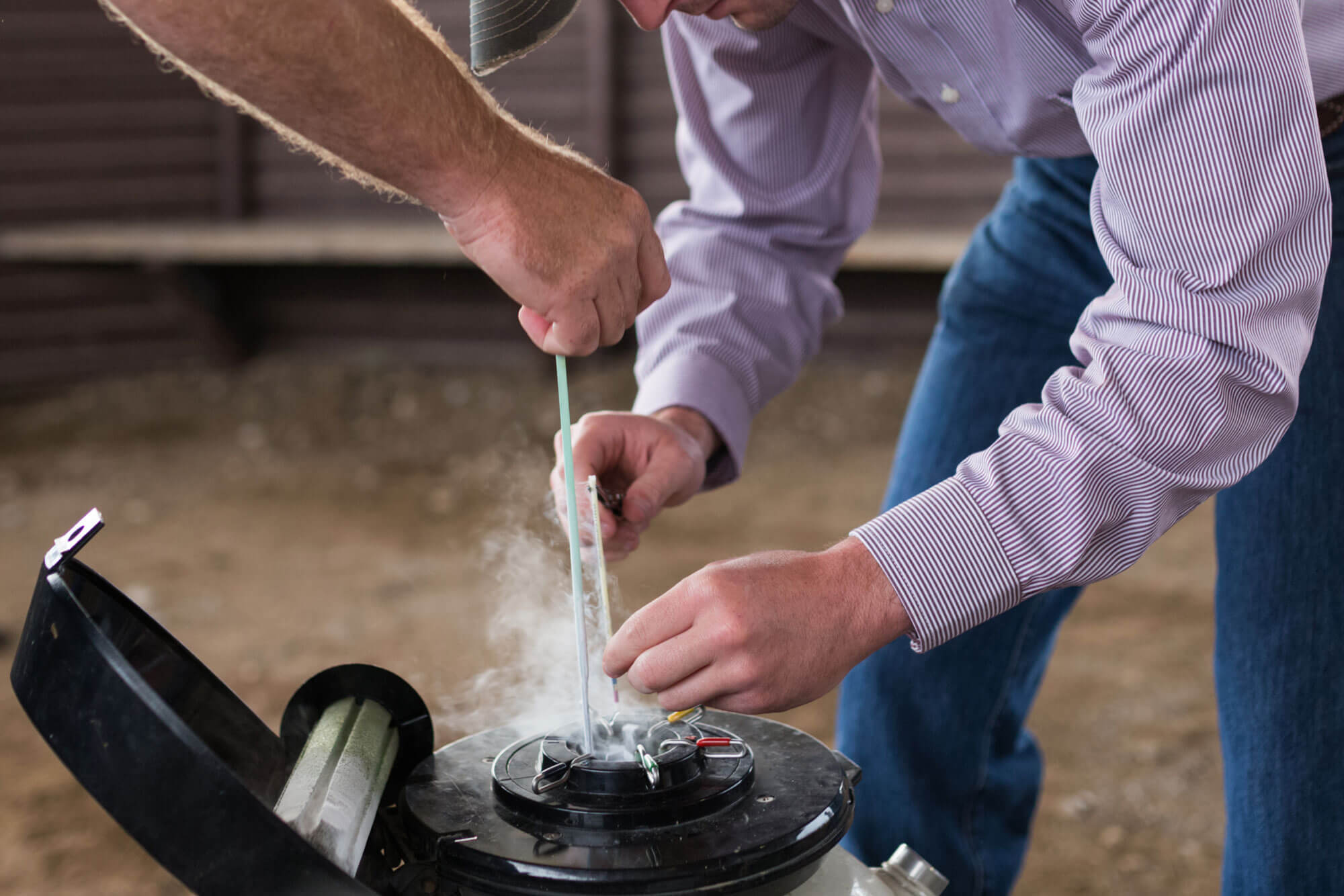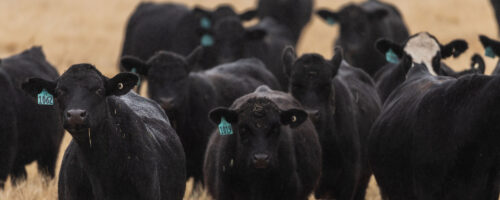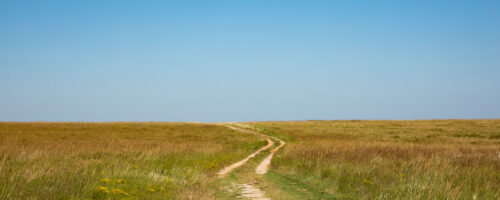Significant emphasis has been placed on the importance of fertility in the female, whether in the cow or a developing heifer. When we address fertility in one female, we are affecting one offspring. When we address fertility in one male, we could be affecting up to approximately 35 offspring, in a single year. Is this oversight on bull fertility because bulls are overlooked until it is time to turn them out for the breeding season? We know that reproductive failures can occur in any cow-calf operation and can be costly. Let’s take the bull out of that negative equation and take a look at the top 6 factors I believe affect bull fertility.
1. Disease
A good herd health program is invaluable, especially for the bulls. A health program in bulls reduces or eliminates the risk of transmitting diseases that can cause reproductive failure in females at different stages of pregnancy. Conditions such as Leptospirosis, Vibriosis, Trichomoniasis, Bovine Viral Diarrhea (BVD), IBR-Infectious Bovine Rhinotracheitis (Red Nose), and internal parasites can all contribute directly or indirectly to reproductive failure in the female. Diseases such as Lepto and Vibrio (bacterial diseases) and Trich (protozoal disease) cause abortion within the first 3 months (Lepto and Trich) or during mid-gestation (Vibrio) after infection and is transmitted directly between animals. These diseases can be vaccinated and managed for.
2. Physical Characteristics
You can identify subfertile bulls with the help of a breeding soundness exam (BSE). A BSE consists of a scrotal circumference measurement (indicator of puberty and serving capacity), physical evaluation (indicator of mating ability) and a semen exam (assessment of motility and morphology). A BSE should be conducted at 30 to 60 days prior to the first day of the breeding season to allow time for a re-test o a bull that was questionable in passing (classification deferred) or a replacement if he does not pass a BSE (unsatisfactory breeder). A study conducted at Kansas State University reported that pregnancy rates were reduced more than 6% in cows serviced by bulls without a BSE conducted compared to bulls that passed a BSE prior to the breeding season. It is reported that 1 out of 5 bulls are subfertile across a random population, therefore a BSE conducted by your veterinarian is a cheap investment.

3. Nutrition
Nutrition can play a big role in the health of a bull prior to the breeding season. In young developing bulls, proper development is critical to ensure the bull is ready for the breeding season and producing high quality sperm. Under-development of bulls can delay puberty and potentially impair semen quality. Over-development of bulls with a high energy ration can create problems, such as excessive fat in the scrotum (increased heat stress), decrease semen production and quality, and risk of digestive issues and lameness. Bulls (young or mature) should go into the breeding season in a body condition score of 6 ± 0.5 (no skeletal structure or ribs visible with signs of some fat cover). Bulls should go into the breeding season wearing their Sunday best and come out wearing working clothes and should be evaluated at the end of each breeding season for soundness and body condition.
4. Bull-to-Cow Ratio
Improper bull-to-cow ratio in a breeding pasture can result in lower pregnancy rates or too much bull power during the breeding season. Multiple factors can affect the success of proper bull-to cow-ratios, such as terrain, time of year, the desire of a bull to mate (libido), mating ability, semen quality, condition of the bull going into the breeding season, and bull age. Because of these factors, a range is generally used based on each producer’s breeding program. I am comfortable with ranges from 1 bull to 10 cows up to 1 bull to 40 cows. Mature bulls (4 years of age and older) can service 30 to 40 cows comfortably as long as all of the other factors are favorable. However, younger bulls have a lower serving capacity, thus cannot service the same number of cows. A good rule of thumb to use on younger bulls is 1 bull to his age in months. For example, a 17-month-old bull should only be expected to service at most 17 cows during his first breeding season. There is a misconception that cows synchronized for natural service will need a lower bull-to-cow ratio because of the increased number of cows in heat during a shorter window at the beginning of the breeding season, compared to unsynchronized cows. Based on research in 2008, the bull-to-cow ratio can be the same as unsynchronized cows up to 30 cows.
5. Inattention to Bull Behavior
Not paying attention to bull behavior during the breeding season can sometimes result in a fertility train wreck, especially in single sire pastures. Problems with the bull during the breeding season are oftentimes not detected until after the breeding season or pregnancy diagnosis at weaning, and by then it’s too late. OBSErvations leading to diagnosis of problems affecting fertility include lameness or illness. These problems negatively impact a bull’s mating ability; cause physical or internal damage to the testes, which could negatively impact semen quality and serving capacity (the ability to service several cows in a short period of time); and affect how aggressive bulls are at servicing cows (libido). Libido is a measureable trait that is positively correlated to pregnancy rate and can be oBSErved when multiple cows are in heat at the same time. We should spend more time monitoring and oBSErving our bulls for physical and behavioral issues throughout the breeding season and make sure he is getting the job done.
6. Heat Stress
Exposure of bulls to increased ambient temperatures with insufficient heat loss (or evaporative cooling) can potentially reduce fertility due to heat stress. Testicular temperature of bulls must consistently be 2 to 6 degrees Celsius (3.6 to 10.8 degrees Fahrenheit) cooler than the body temperature, and relative humidity can affect a bull’s ability to effectively dissipate heat through the skin when exposed to increased ambient temperatures. If heat stress has occurred eight weeks prior to the time bulls are exposed with cows, semen quality and motility can be reduced. Other factors such as breed type, access to shade and water, and improper handling can affect the ability of a bull to not dissipate heat effectively. Eight weeks are needed for normal semen production to return after exposure to heat stress.
Final Thoughts
In summary, management can have the biggest impact on reducing bull fertility issues. Keep in mind that it takes 60 days for a bull to produce sperm, so decisions should be made in advance to avoid potential negative effects on bull fertility.


Comment
Leave a Reply
2 comment on: "Top 6 Factors Affecting Bull Fertility""

sfiso
June 27, 2024can an overweight bull breed good calves
Noble Research Institute
July 8, 2024When separated from the cows, and provided an abundance of good forage and feed, a bull can put on excessive weight that may be lost during the breeding season. An overweight bull is able to still produce calves. However, smaller frame cows may not be able to support a larger bull without causing injury. It is also a best practice to have a breeding soundness exam completed annually on your bull. Regarding the quality of calves, that is determined from the genetics of the bull and cow.